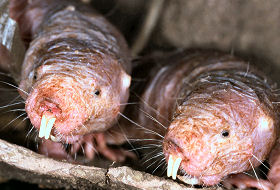
Despite a three decade lifespan that should provide ample time for cells to grow cancerous, naked mole rats have never been known to suffer cancerous tumors of any kind – and now University of Rochester scientists think they know why.
The new research findings, published in The Proceedings of the National Academy of Sciences, show that the mole rat’s cells express a gene called p16 that makes its cells “claustrophobic,” thereby stopping runaway cell proliferation when too many of them crowd together. The researchers report that the effect of p16 is so pronounced that when researchers mutated the cells to induce a tumor, the cells’ growth barely changed, whereas regular mouse cells became fully cancerous.
“We think we’ve found the reason these mole rats don’t get cancer, and it’s a bit of a surprise,” says Rochester’s Vera Gorbunova, who was lead investigator. “It’s very early to speculate about the implications, but if the effect of p16 can be simulated in humans we might have a way to halt cancer before it starts.”
Gorbunova has spent the last few years investigating various rodents from around the globe to get an idea of the similarities and differences of how varied but closely related species deal with cancer.
In 2006, Gorbunova discovered that telomerase (an enzyme that can lengthen the lives of cells, but can also increase the rate of cancer) is highly active in small rodents, but not in large ones. While the findings were a surprise, they revealed another question: What about small animals like the common grey squirrel that live for 24 years or more? With telomerase fully active over such a long period, why isn’t cancer rampant in these creatures?
In 2008 Gorbunova confirmed that small-bodied rodents with long lifespans had evolved a previously unknown anti-cancer mechanism that appears to be different from any anticancer mechanisms employed by humans or other large mammals. At the time she was not able to identify just what the mechanism might be, saying: “We haven’t come across this anticancer mechanism before because it doesn’t exist in the two species most often used for cancer research: mice and humans. Mice are short-lived and humans are large-bodied. But this mechanism appears to exist only in small, long-lived animals.”
When Gorbunova’s team began investigating mole rat cells, they were surprised at how difficult it was to grow the cells in the lab. The cells simply refused to replicate once they reached a certain density. Other cells, such as human cells, also cease replication when their populations become too dense, but the mole rat cells were reaching their limit much earlier than other animals’ cells.
“Since cancer is basically runaway cell replication, we realized that whatever was doing this was probably the same thing that prevented cancer from ever getting started in the mole rats,” explains Gorbunova. Like many animals, including humans, the mole rats have a gene called p27 that prevents cellular overcrowding, but the mole rats use another, earlier defense in gene p16. Cancer cells tend to find ways around p27, but mole rats have a double barrier that a cell must overcome before it can grow uncontrollably.
“We believe the additional layer of protection conferred by this two-tiered contact inhibition contributes to the remarkable tumor resistance of the naked mole rat,” says Gorbunova, who now plans to delve deeper into the mole rat’s genetics to see if their cancer resistance might be applicable to humans.
Related:
Wonky Waves Allow Cancer Cells To Spread
Compelling new evidence for prostate cancer virus
When DNA Turns On Itself


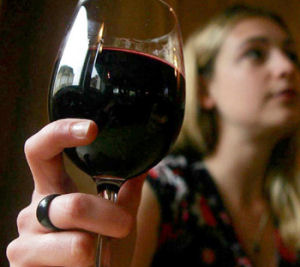
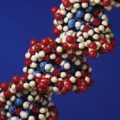
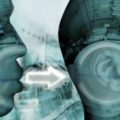



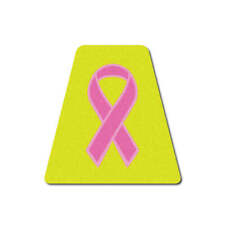
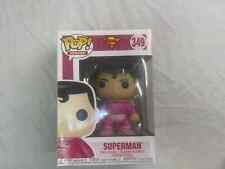
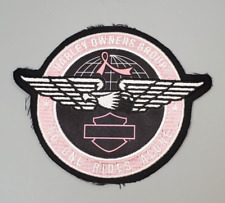
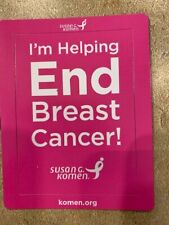

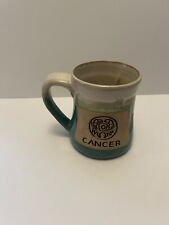
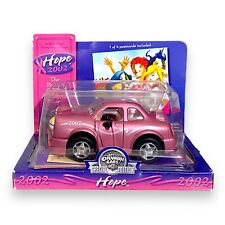

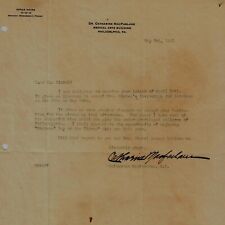
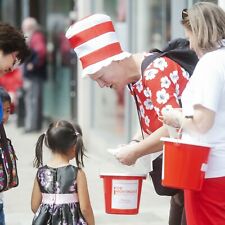
Comments are closed.